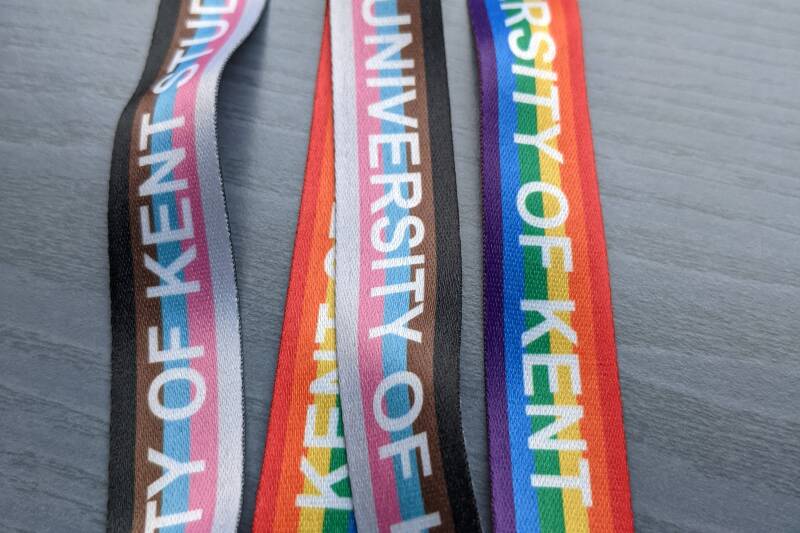There are two types of allyship: effective allyship and performative allyship.
What is the difference between these two forms of allyship? The answer is simple: effective allies don’t just talk about change, they take action and initiative to lead the change they want to see. Performative allies are allies only in name. Their “support” of a marginalised group is often just when it’s convenient for them and can actually be harmful to a group.
Allies can share a protected characteristic with one group and still be an Ally for another. Equally, an Ally for one group may not feel confident in their skills and abilities to be an Ally for a different group.
At Kent we offer staff and students the opportunity to demonstrate their allyship of marginalised groups through visible means, such as wearing the LGBTQ+ Rainbow Lanyards, but we also want to underpin this by providing our staff and students with the skills and knowledge to move beyond performative allyship to effective allyship.
The protected characteristics within the Equality Act 2010 are: Age, Sex, Gender Reassignment, Sexual Orientation, Religion or Belief, Disability, Race and Ethnicity, Pregnancy or Maternity, Marriage or Civil Partnership


